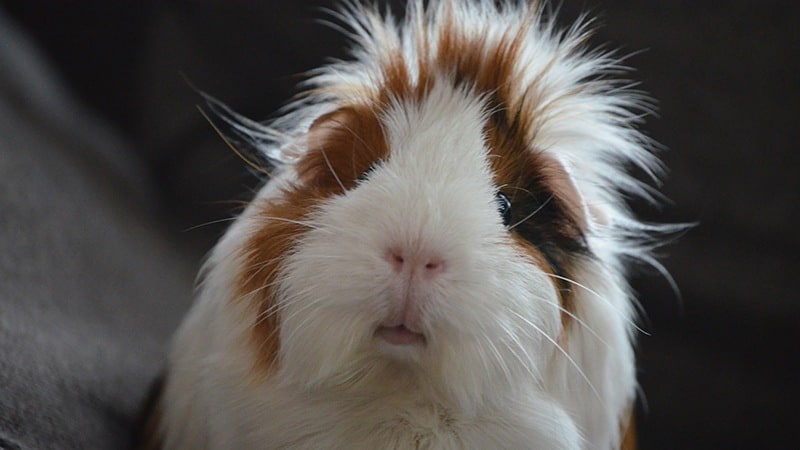Influenza Spread by Aerosolized Fomites?
(Please note that some content may refer to our original name, PetAirapy.)
August 20, 2020

Interesting new study published August 18, 2020, in Nature Communications shows evidence of a mode of transmission seldom considered for influenza: airborne virus transport on microscopic particles called “aerosolized fomites” or as more colorfully characterized by Wired: “germy dust.”
Fomites are virus-contaminated objects or surfaces and, as described by ScienceNews, this new study of guinea pigs infected with influenza virus, “suggests that dust particles kicked up from those contaminated surfaces, called aerosolized fomites, may also spread such respiratory viruses.” Although infected guinea pigs don’t sneeze or cough like humans, the virus was found in the their cages as well as on their fur, ears, and paws, suggesting the virus may have spread “when the rodents groomed, rubbed their noses or moved around the cage.” In short, the airborne virus particulates were mainly non-respiratory in origin. As laid out by Wired, the study’s researchers:
“(have) turned up compelling evidence that some respiratory viruses, at least in lab animals, don’t always travel through liquid droplets, the way scientists have long assumed. Infected guinea pigs don’t just breathe or sneeze out bits of influenza. They can actually launch infectious particles into the air from their fur, paws, and cages.”
Further, from the study:
“Surprisingly, we find that an uninfected, virus-immune guinea pig whose body is contaminated with influenza virus can transmit the virus through the air to a susceptible partner in a separate cage. We further demonstrate that aerosolized fomites can be generated from inanimate objects, such as by manually rubbing a paper tissue contaminated with influenza virus. Our data suggest that aerosolized fomites may contribute to influenza virus transmission in animal models of human influenza, if not among humans themselves, with important but understudied implications for public health.”
Photo by Karlijn Prot on Unsplash





